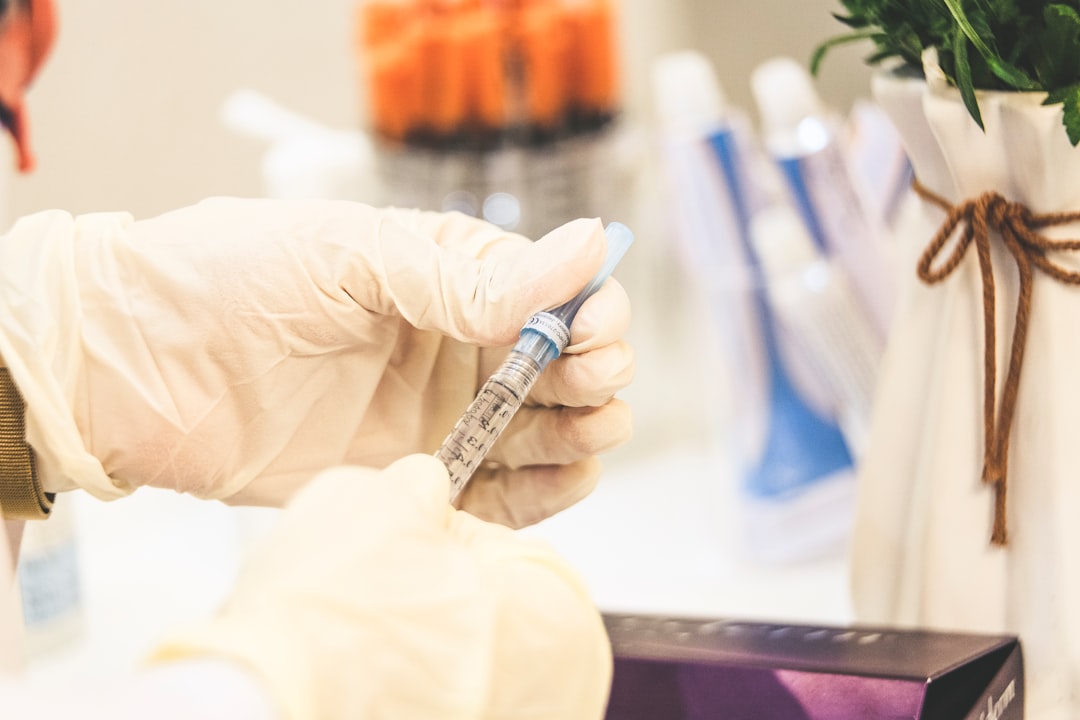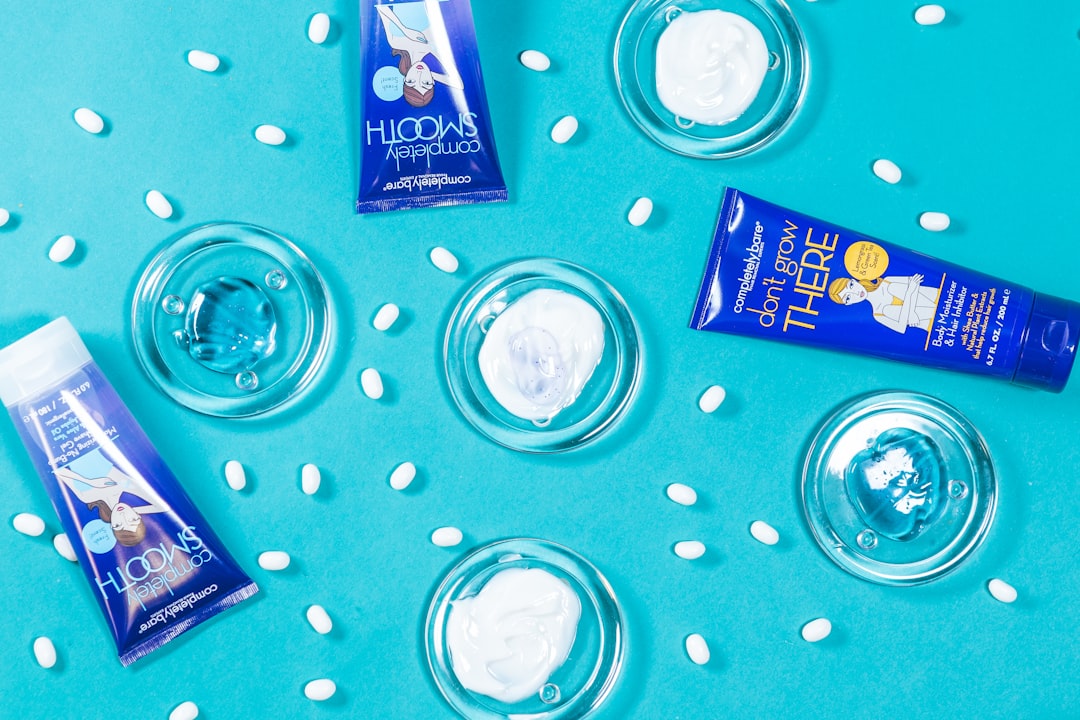Milia are small, white cysts that typically appear on the skin, often resembling tiny whiteheads. They are most commonly found on the face, particularly around the eyes and cheeks, but can also occur on other parts of the body. These cysts form when keratin, a protein found in skin cells, becomes trapped beneath the surface of the skin.
Unlike acne, which is caused by clogged pores and inflammation, milia are not associated with oil production or bacteria. Instead, they arise from a variety of factors, including skin damage, sun exposure, and even certain skincare products that may contribute to the build-up of dead skin cells. Understanding the underlying causes of milia is essential for effective prevention and treatment.
The occurrence of milia can be attributed to several factors, including genetic predisposition and environmental influences. For instance, individuals with a history of skin trauma, such as burns or rashes, may be more susceptible to developing these cysts. Additionally, milia can emerge as a result of prolonged sun exposure, which can lead to thickening of the skin and hinder the natural exfoliation process.
In some cases, milia may also develop in newborns due to their immature skin barrier, which is still adapting to the external environment. Recognising these contributing factors can help individuals take proactive measures to minimise their risk of developing milia.
Summary
- Milia are small, white bumps that commonly appear on the skin, often around the eyes and cheeks, and are caused by trapped keratin.
- There are different types of milia, including primary, secondary, and neonatal, each with their own distinct characteristics and causes.
- Gentle exfoliation is a crucial step in removing milia, as it helps to slough off dead skin cells and prevent the build-up of keratin.
- Proper skincare is essential for those prone to milia, with a focus on non-comedogenic and non-irritating products to avoid clogging the pores.
- Seeking professional help from a dermatologist is recommended for effective treatments such as extraction, chemical peels, or laser therapy for stubborn milia.
Identifying Different Types of Milia: Primary, Secondary, and Neonatal
Milia can be categorised into three distinct types: primary, secondary, and neonatal. Primary milia are the most common form and typically occur without any underlying skin condition. They often appear as small, painless bumps on the skin and are frequently found on the face, particularly around the eyes and nose.
These cysts are usually harmless and do not require medical intervention unless they become bothersome or persistent. Understanding the characteristics of primary milia is crucial for distinguishing them from other skin conditions that may require different treatment approaches. Secondary milia, on the other hand, develop as a result of skin damage or trauma.
This type can occur following injuries such as burns, blisters, or even certain dermatological procedures that disrupt the skin’s surface. Secondary milia may also arise from the use of heavy creams or ointments that clog pores and impede proper exfoliation. Neonatal milia are a specific type that affects infants, often appearing shortly after birth.
These cysts are typically transient and resolve on their own within a few weeks. By recognising the differences between these types of milia, individuals can better understand their condition and seek appropriate treatment if necessary.
Gentle Exfoliation: A Key Step in Removing Milia
One of the most effective methods for addressing milia is through gentle exfoliation. This process involves removing dead skin cells from the surface of the skin to promote cell turnover and prevent the build-up that leads to milia formation. Exfoliation can be achieved through various means, including physical scrubs or chemical exfoliants containing ingredients such as alpha hydroxy acids (AHAs) or beta hydroxy acids (BHAs).
These substances work by dissolving the bonds between dead skin cells, allowing them to be sloughed away more easily. Incorporating gentle exfoliation into a skincare routine can significantly reduce the likelihood of milia developing. However, it is essential to approach exfoliation with caution, particularly for those with sensitive or reactive skin.
Over-exfoliating can lead to irritation and compromise the skin barrier, potentially exacerbating existing milia or causing new ones to form. Therefore, it is advisable to start with a mild exfoliant and gradually increase frequency as tolerated. Additionally, individuals should pay attention to their skin’s response and adjust their routine accordingly.
By prioritising gentle exfoliation as part of a comprehensive skincare regimen, individuals can effectively manage milia while maintaining healthy skin.
The Importance of Proper Skincare: Choosing the Right Products for Milia-Prone Skin
Selecting appropriate skincare products is crucial for individuals prone to milia. The right products can help maintain a healthy balance in the skin while minimising the risk of clogged pores and excessive build-up of dead skin cells. It is advisable to opt for non-comedogenic formulations that are specifically designed not to block pores.
Ingredients such as hyaluronic acid and glycerin can provide hydration without contributing to excess oiliness, making them ideal for those with milia-prone skin. Additionally, lightweight moisturisers that absorb quickly can help maintain hydration without overwhelming the skin. Moreover, individuals should be cautious when using heavy creams or occlusive products that may exacerbate milia formation.
Instead, opting for gel-based or water-based formulations can provide moisture without clogging pores. It is also beneficial to incorporate products containing retinoids into a skincare routine, as these compounds promote cell turnover and help prevent the build-up of dead skin cells that contribute to milia development. By carefully selecting skincare products tailored to their specific needs, individuals can create an effective regimen that supports healthy skin while minimising the risk of milia.
Seeking Professional Help: Dermatologist-Recommended Treatments for Milia
For those struggling with persistent or bothersome milia, seeking professional help from a dermatologist may be necessary. Dermatologists can provide tailored advice and recommend treatments that are effective in managing this condition. One common treatment option is manual extraction, where a dermatologist uses a sterile needle or lancet to carefully remove the cysts from the skin’s surface.
This procedure is typically quick and minimally invasive but should only be performed by trained professionals to avoid complications such as scarring or infection. In addition to manual extraction, dermatologists may also recommend topical treatments containing retinoids or chemical exfoliants to help prevent future occurrences of milia. In some cases, more advanced procedures such as laser therapy or cryotherapy may be suggested for individuals with extensive or stubborn milia.
These treatments work by targeting the cysts directly and promoting healthier skin regeneration. Consulting with a dermatologist ensures that individuals receive personalised care and access to effective treatment options tailored to their specific needs.
Home Remedies for Milia: Natural and DIY Solutions to Try
Natural Exfoliants
One popular home remedy involves using a mixture of honey and sugar as a natural exfoliant. The sugar acts as a physical scrub, whilst the honey provides moisturising properties that can help soothe the skin. Regularly applying this mixture can promote cell turnover and reduce the likelihood of milia formation.
Steaming and Exfoliation
Another effective home remedy is incorporating steam into one’s skincare routine. Steaming the face helps open up pores and softens the outer layer of dead skin cells, making it easier for them to be removed during cleansing or exfoliation. Following up with a gentle exfoliant after steaming can enhance its effectiveness in preventing milia.
Essential Oils
Using natural oils such as jojoba oil or tea tree oil may help balance oil production and provide antibacterial benefits without clogging pores. These oils can be used in conjunction with other home remedies to create a comprehensive skincare routine.
Realistic Expectations
While home remedies can be beneficial for some individuals, it is essential to approach them with realistic expectations and monitor how one’s skin responds. It is also important to remember that home remedies may not be as effective as professional treatments, and it may take some trial and error to find the right combination of remedies that work for your skin.
Preventing Milia: Tips for Avoiding Future Breakouts
Preventing milia requires a proactive approach that focuses on maintaining healthy skin habits and minimising factors that contribute to their formation. One key strategy is to establish a consistent skincare routine that includes regular cleansing and exfoliation. Cleansing helps remove dirt and excess oil from the skin’s surface while exfoliation promotes cell turnover and prevents dead skin cell build-up.
Individuals should aim to cleanse their faces twice daily using a gentle cleanser suited to their skin type. In addition to cleansing and exfoliating, protecting the skin from sun damage is crucial in preventing milia formation. Wearing sunscreen daily with broad-spectrum protection can help shield the skin from harmful UV rays that contribute to thickening and damage over time.
Furthermore, avoiding heavy makeup products that may clog pores is advisable; opting for lightweight formulations instead can help maintain clear skin. By adopting these preventive measures and being mindful of their skincare choices, individuals can significantly reduce their risk of developing milia in the future.
When to Seek Medical Advice: Recognising When Your Milia Requires Professional Attention
While milia are generally harmless and often resolve on their own, there are instances when seeking medical advice becomes necessary. If an individual notices an increase in the number of milia or if they become inflamed or painful, it may indicate an underlying issue that requires professional evaluation. Additionally, if milia persist despite consistent skincare efforts or home remedies, consulting a dermatologist is advisable for further assessment and treatment options.
Furthermore, individuals should be vigilant about any changes in their skin’s appearance or texture that accompany milia development. If there are signs of infection—such as redness, swelling, or discharge—prompt medical attention is warranted to prevent complications. Recognising when professional help is needed ensures that individuals receive appropriate care tailored to their specific condition while addressing any concerns they may have about their skin health overall.
If you’re grappling with milia and seeking ways to enhance your skin’s appearance, understanding the basics of skincare is crucial. A solid foundation in daily skin care can significantly impact the health and appearance of your skin. I recommend reading The Beginner’s Guide to Building a Skincare Routine, which provides essential tips and strategies for developing an effective skincare regimen. This guide will help you understand the steps necessary to maintain clear and healthy skin, potentially reducing the occurrence of milia and other skin issues.




